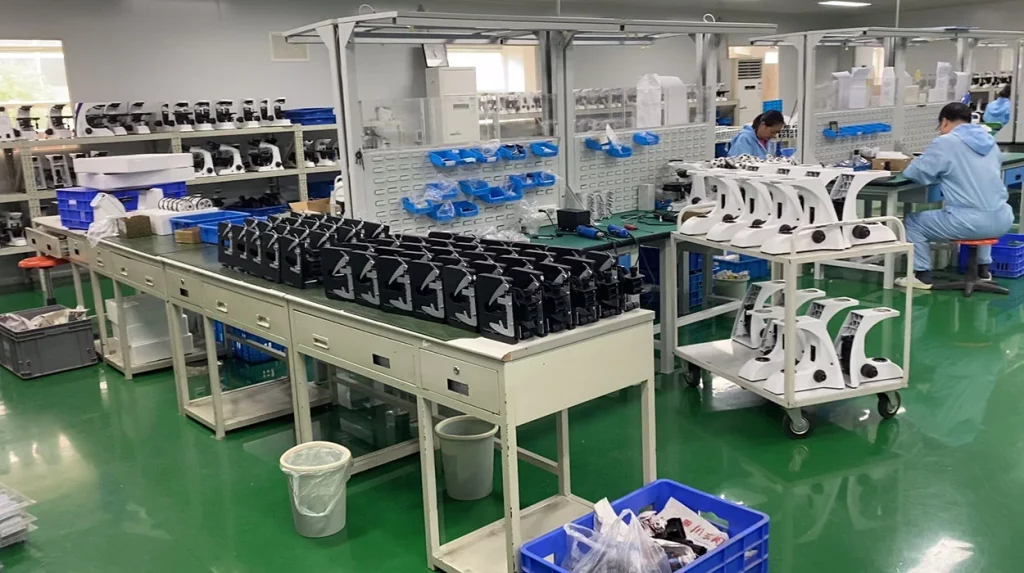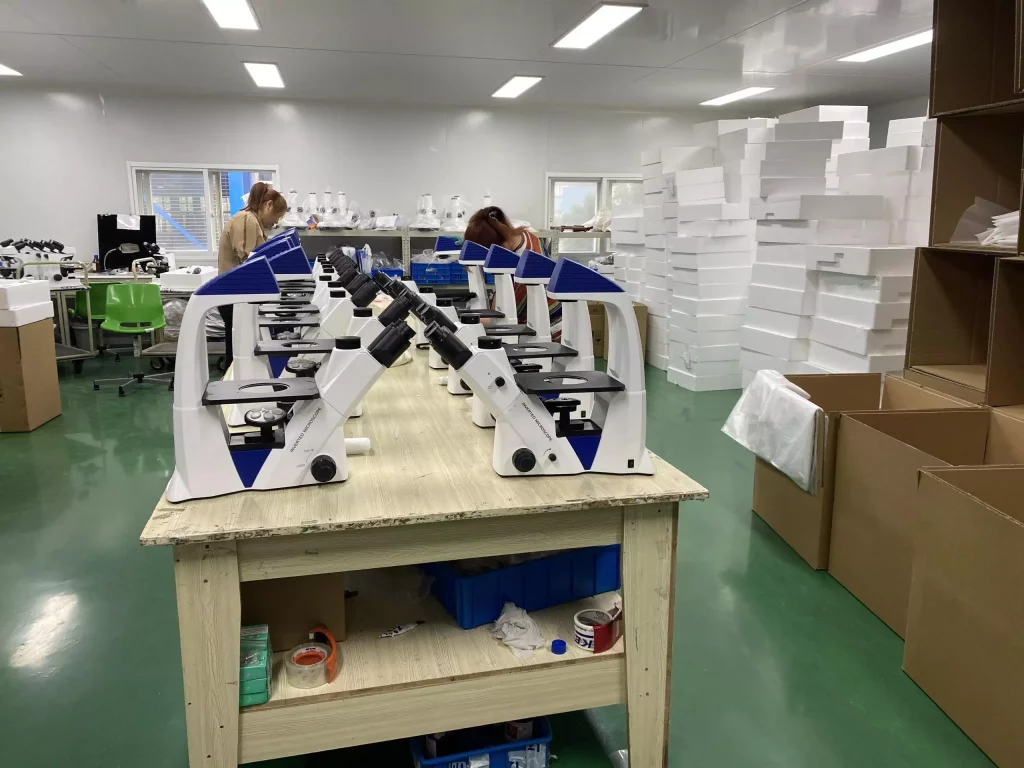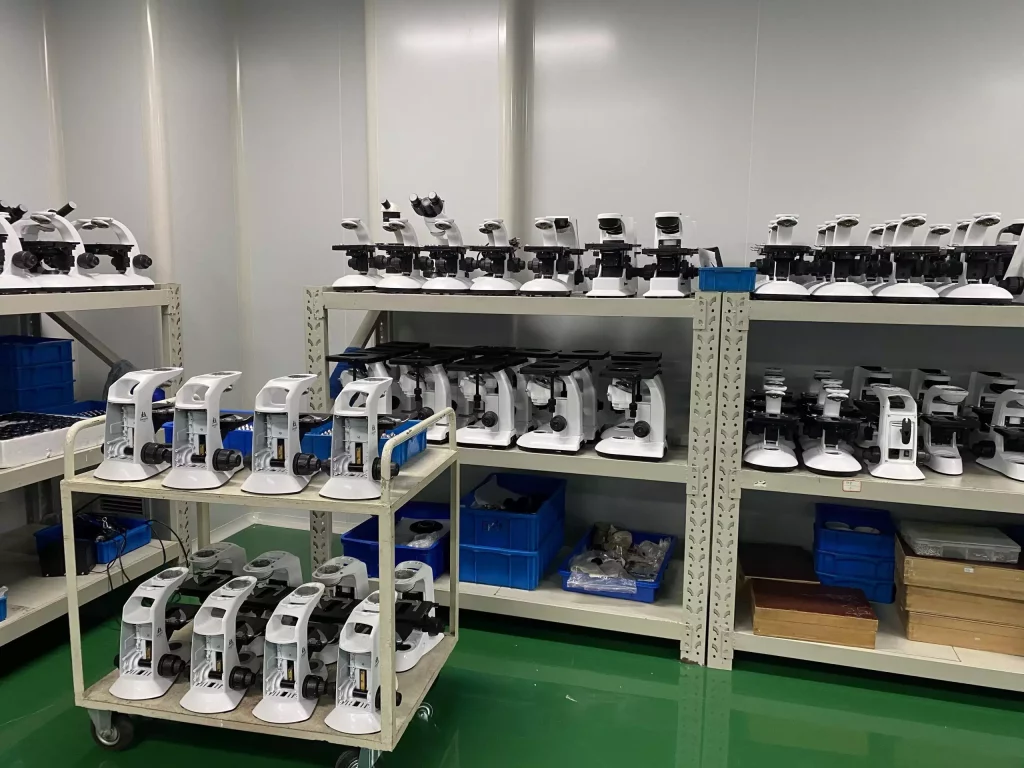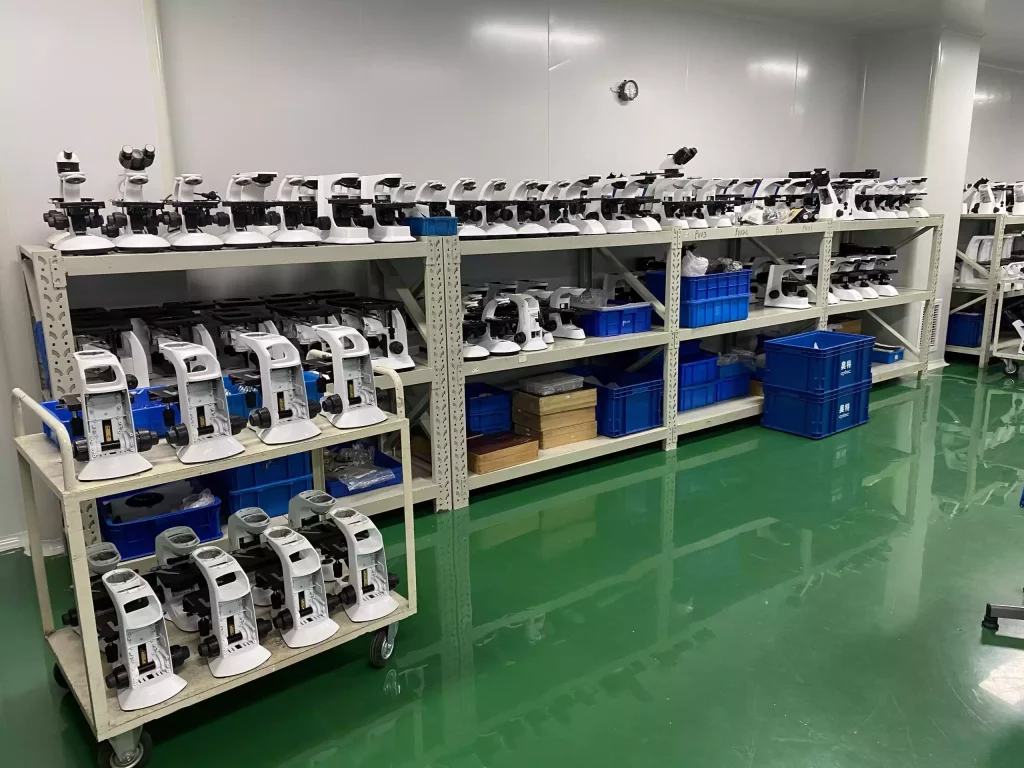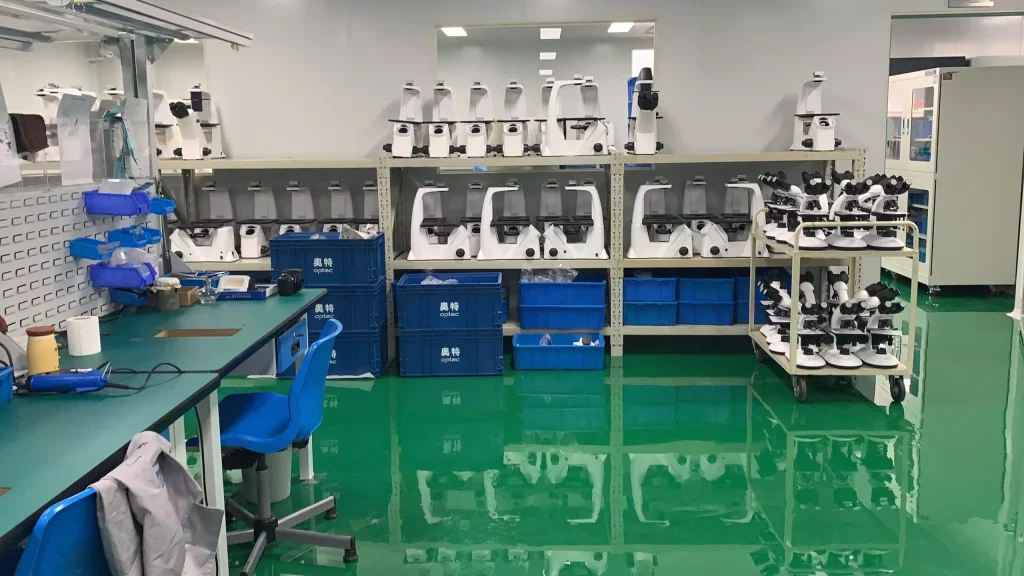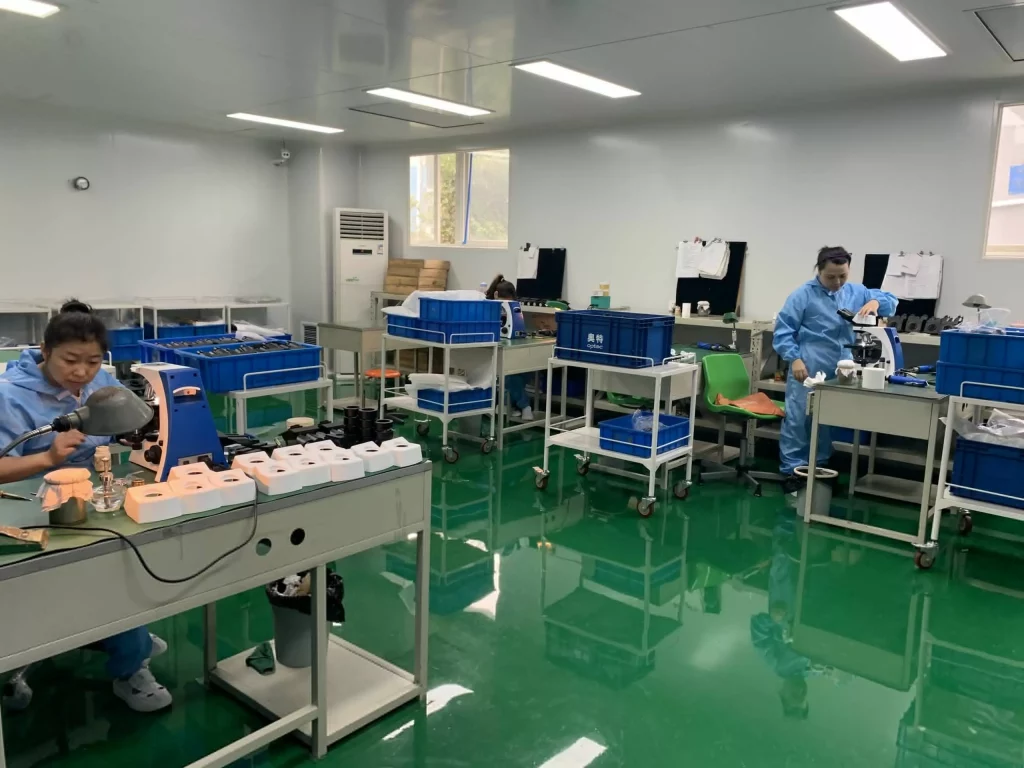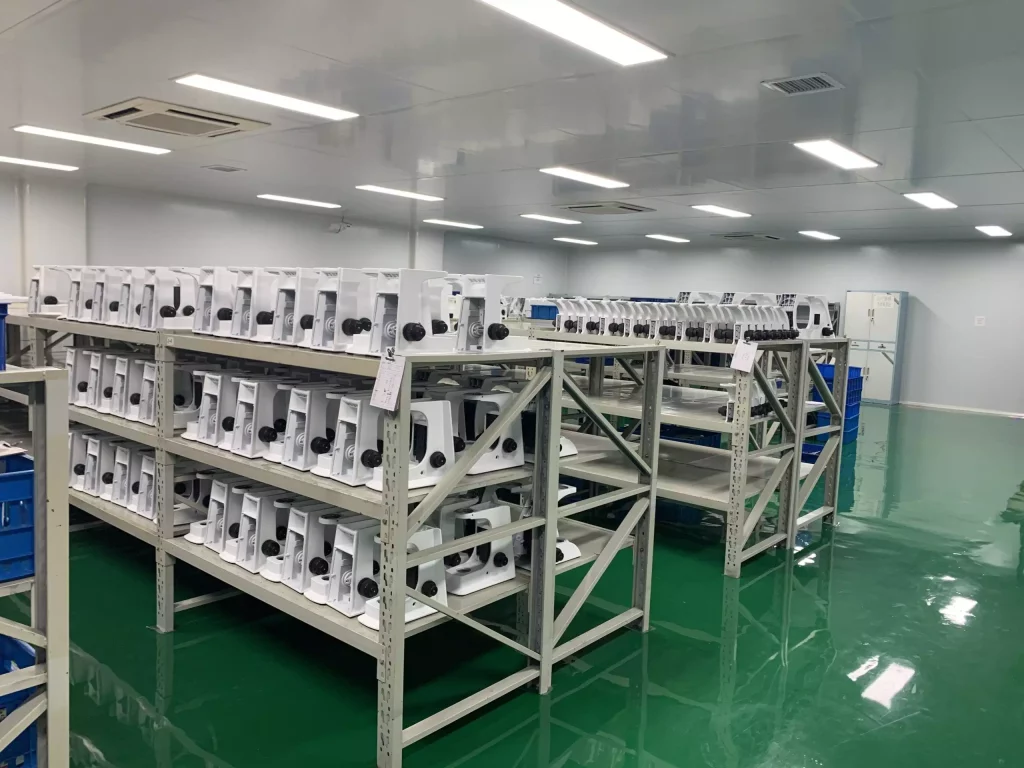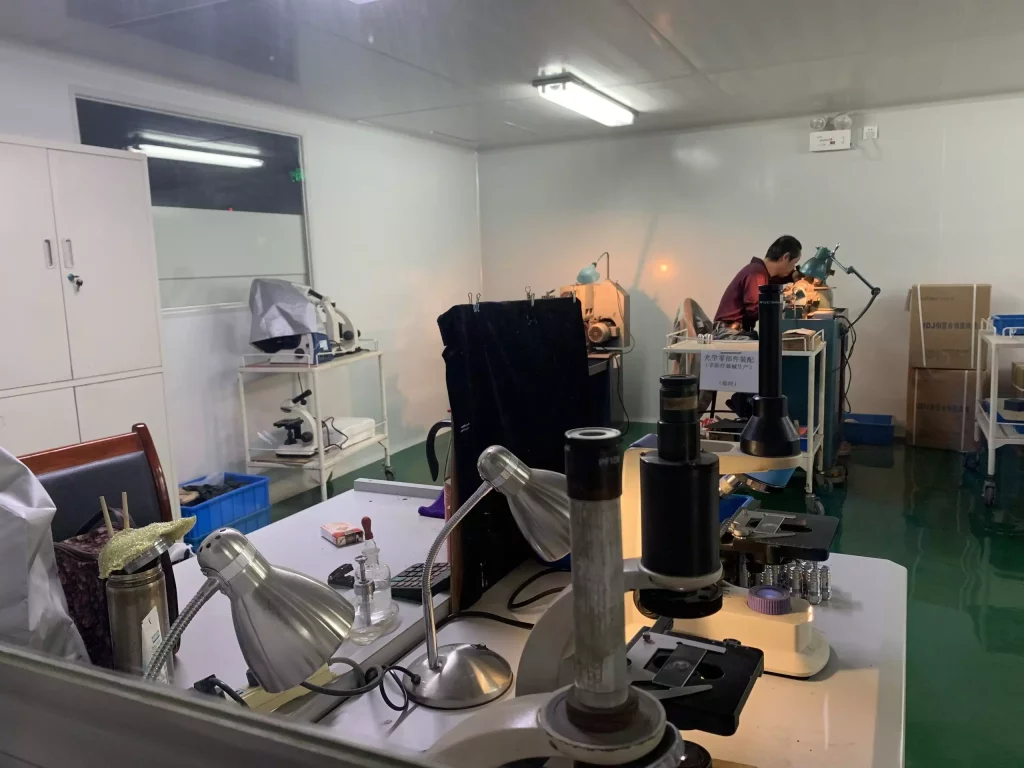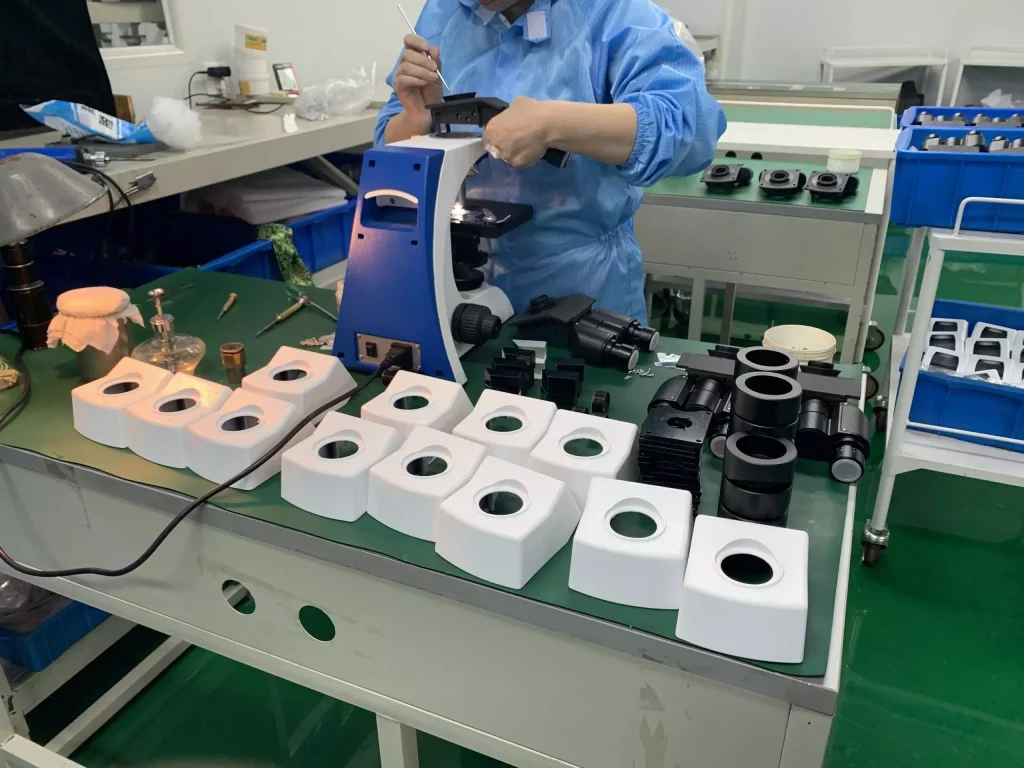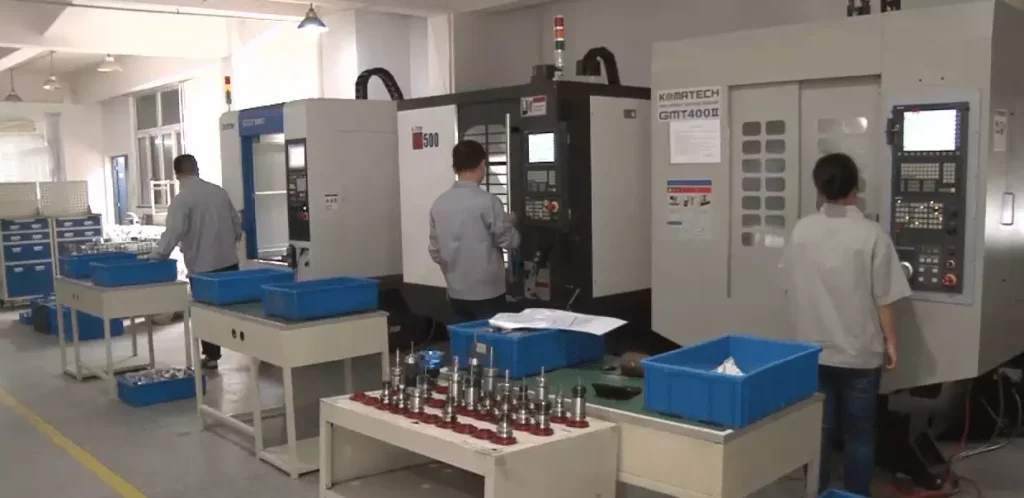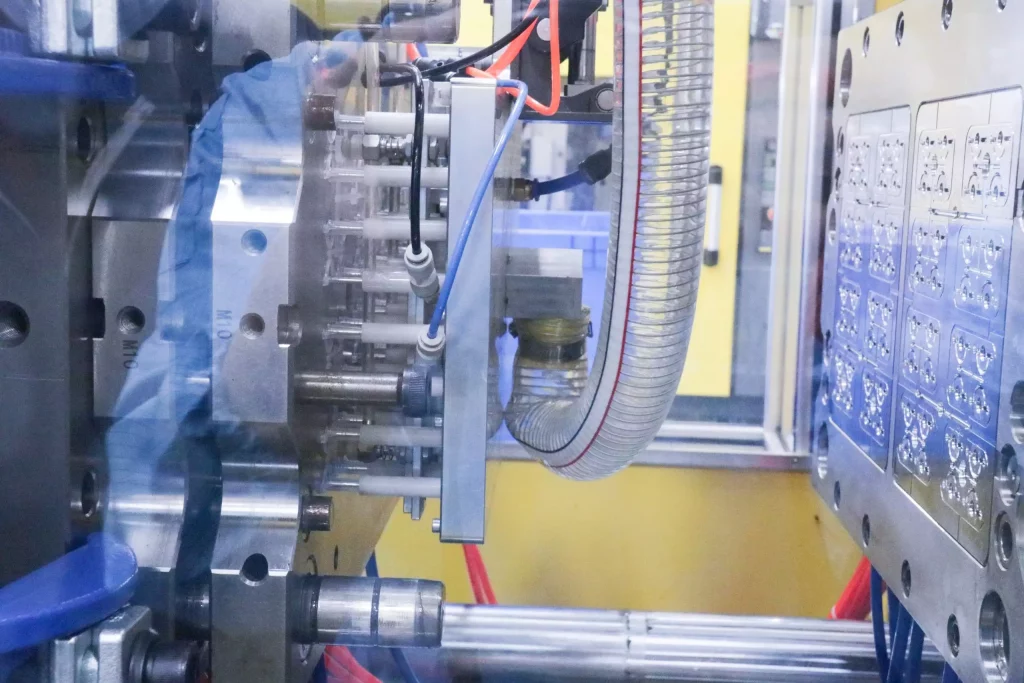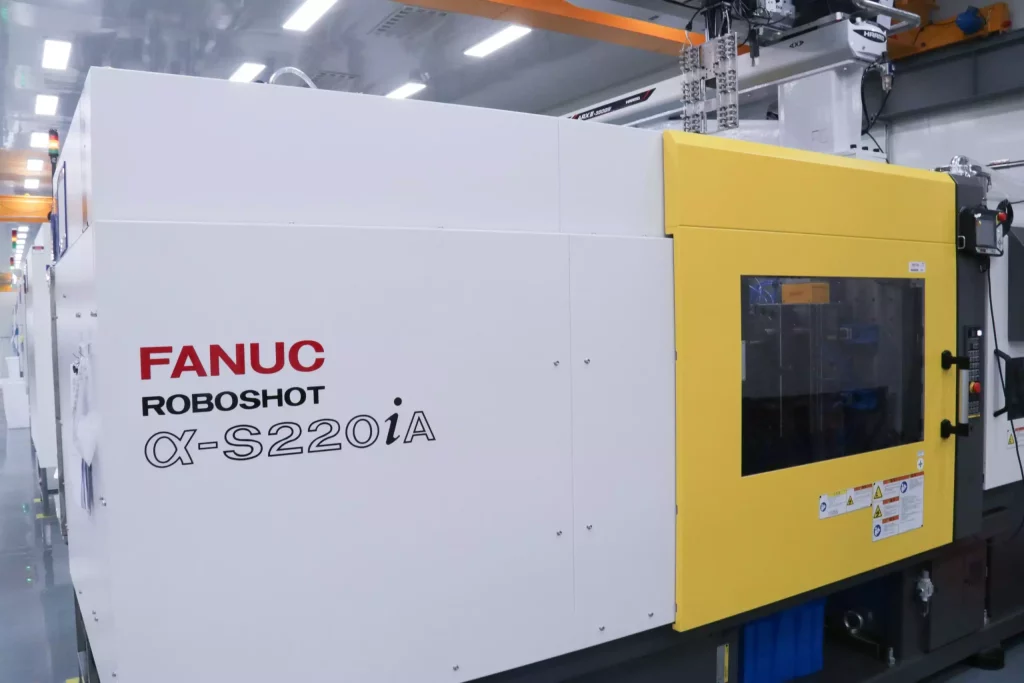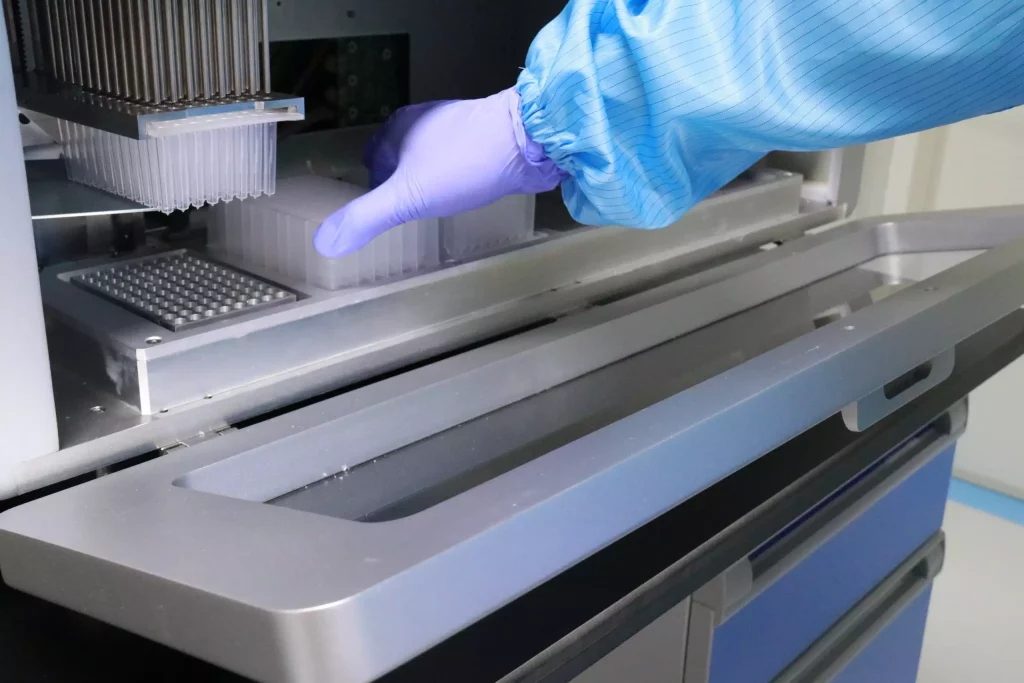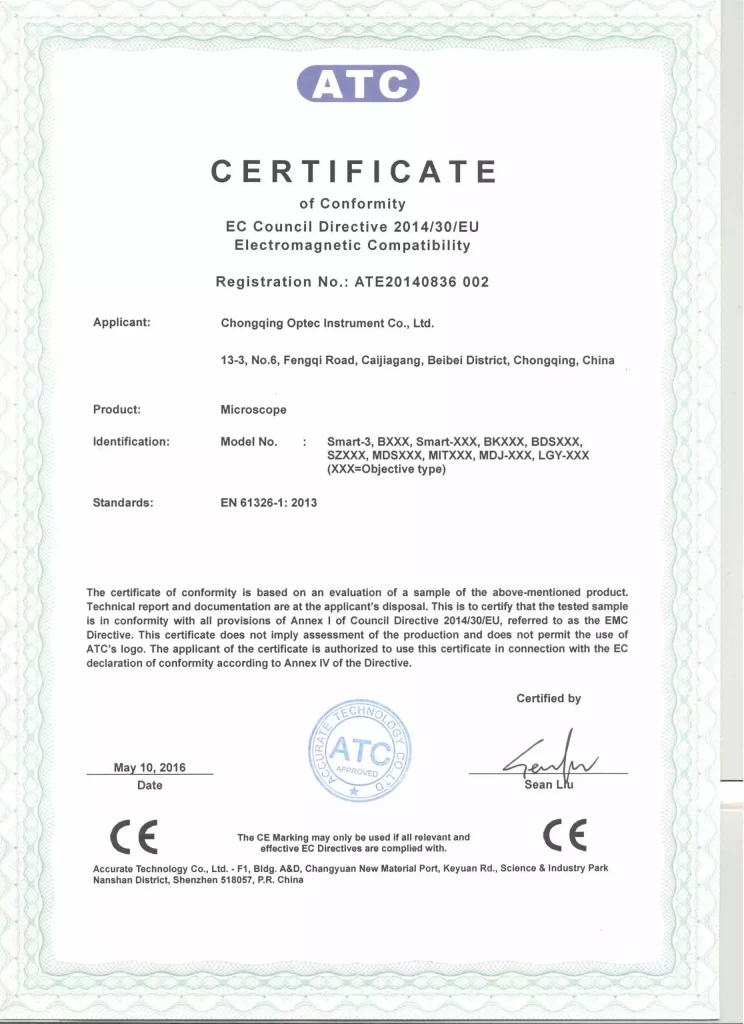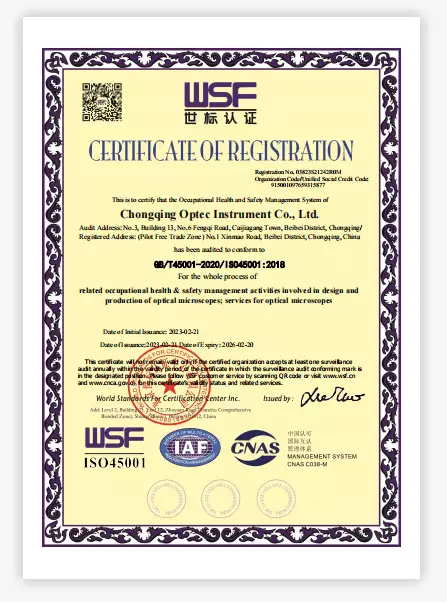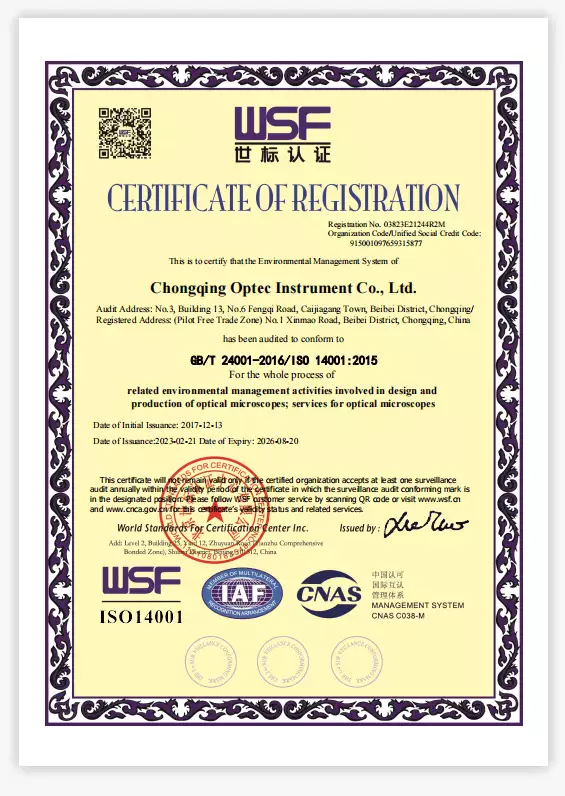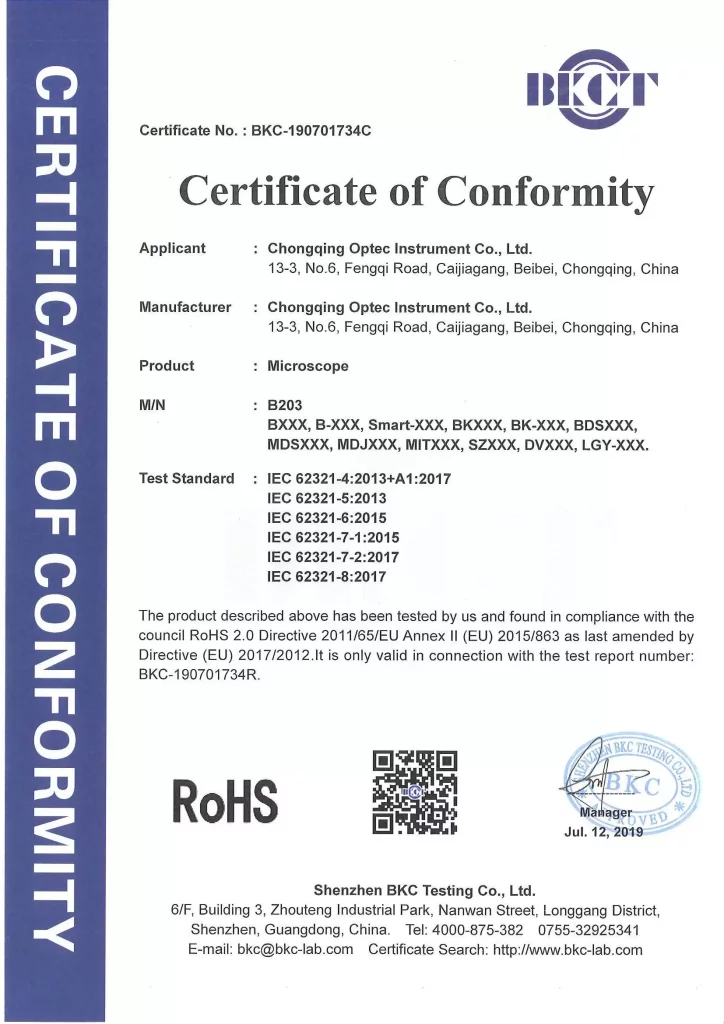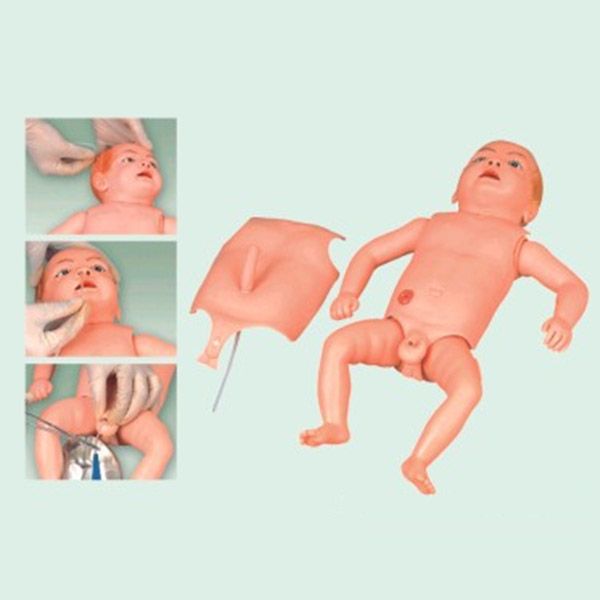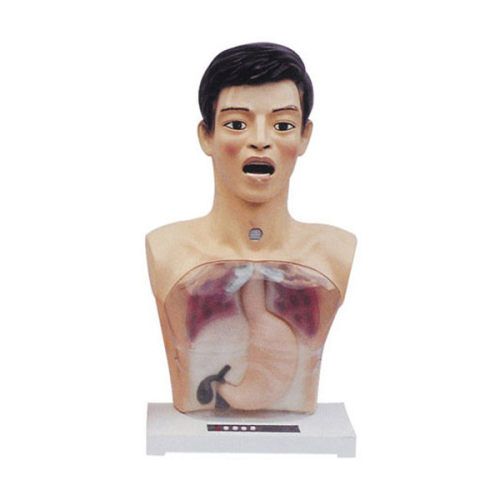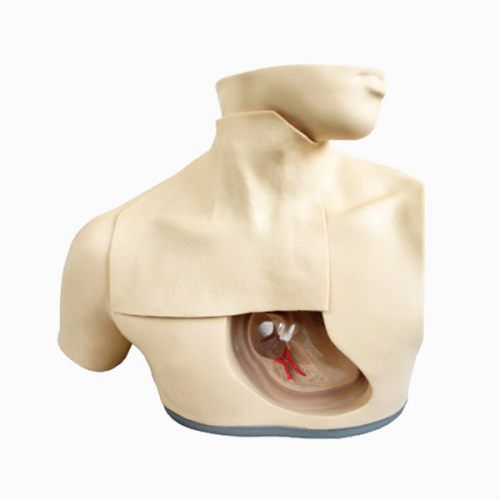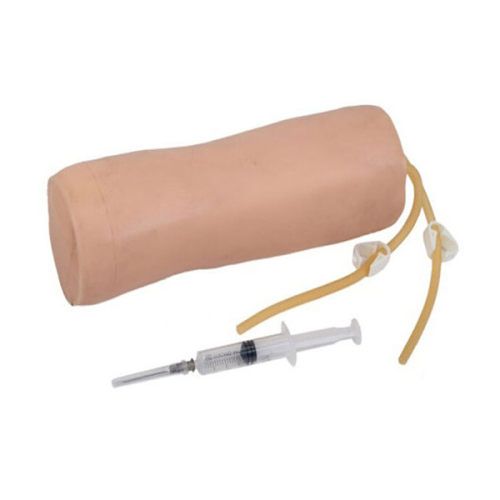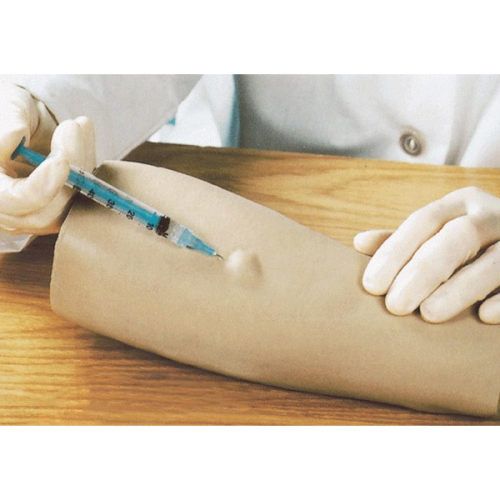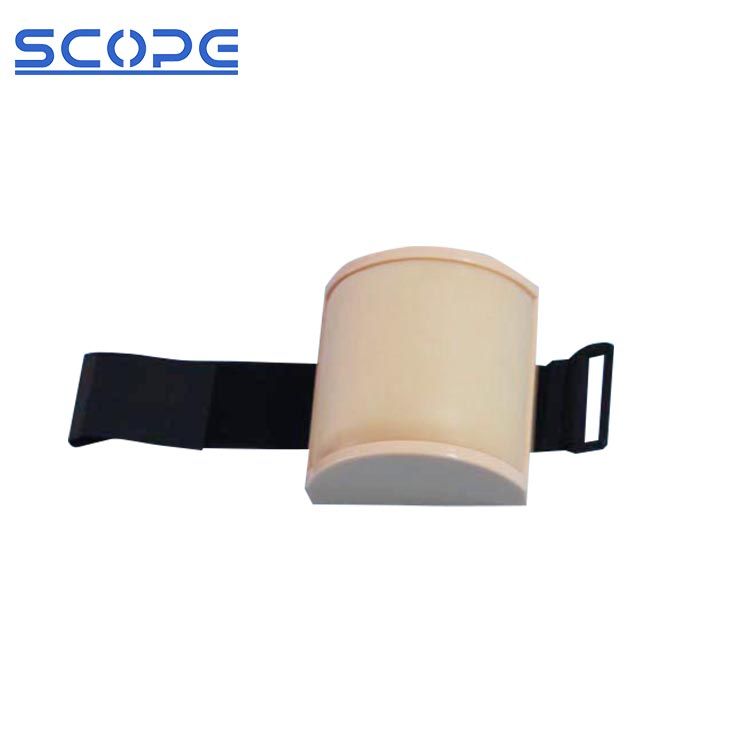Medical mannequins are more than just lifeless models; they serve as critical tools in healthcare training, simulation, and research. From practicing emergency procedures to teaching life-saving skills, these mannequins play a pivotal role across various fields in healthcare. By mimicking the human body’s anatomy and physiological responses, medical mannequins offer a realistic, risk-free environment for hands-on learning.
Key Uses of Medical Mannequins
Medical mannequins are designed to replicate the human body, with features that vary from simple models for basic training to complex, high-fidelity mannequins that simulate vital signs, diseases, injuries, and more. Here’s a look at how different user groups make the most of these lifelike tools.
Used for Medical and Nursing Educators
Medical mannequins are indispensable in medical and nursing education. They serve as a hands-on teaching tool for instructors to guide students through procedures that require precision and critical decision-making. Educators rely on them to simulate real-life clinical scenarios, helping students build confidence before they treat real patients.
- Purpose: Enhancing Teaching and Skill Development
- Common Uses: CPR and First Aid Training: To practice basic life-saving skills like CPR, intubation, and defibrillation.
- Surgical Simulations: To teach intricate procedures like suturing, wound care, and catheterization.
- Clinical Simulations: Scenarios such as childbirth, trauma care, and pediatric care to help students respond to emergencies.
Why Medical Mannequins Are Essential
Mannequins allow for the creation of controlled learning environments, where instructors can provide real-time feedback based on student performance. Moreover, advanced mannequins equipped with sensors and AI features can monitor vital signs, allowing educators to evaluate students’ technical skills, decision-making abilities, and teamwork during training.
Used for Students (Nursing, Medical, and Emergency Response)
For students across various healthcare disciplines, medical mannequins offer a safe space for experimentation. Whether you’re learning to insert an IV, perform a physical exam, or handle emergencies, mannequins provide an essential bridge between classroom theory and clinical application.
Purpose: Practical Learning and Skill Mastery
Common Uses:
- Nursing Students: Learn IV insertion, catheterization, wound care, and patient assessment.
- Medical Students: Practice emergency response, surgical techniques, and diagnosis.
- EMTs/Paramedics: Simulate trauma care, CPR, and airway management in pre-hospital settings.
Why Medical Mannequins Are Key
Students need mannequins that mimic human anatomy and provide tactile feedback. Entry-level mannequins often feature simplified structures for basic practices, while high-fidelity mannequins are used for more advanced simulations, giving students a more realistic, interactive experience.
Used for Doctors and Surgeons
Even experienced healthcare professionals use mannequins to hone their skills and remain up-to-date with new procedures. For doctors and surgeons, these mannequins provide a platform to practice life-threatening procedures without the risk of harm to actual patients.
Purpose: Refining Techniques and Enhancing Decision-Making Skills
Common Uses:
- Advanced Surgical Training: Doctors practice surgeries, from basic procedures like appendectomies to complex trauma surgeries.
- Anatomy Exploration: Detailed mannequins for studying human anatomy and practicing precise incisions.
- Simulation of Complications: For doctors to handle emergency situations like cardiac arrest, obstetric complications, or trauma incidents.
Why Medical Mannequins Are Critical
Surgeons and doctors often use specialized mannequins that simulate complex internal anatomy, bleeding, and tissue responses. These tools provide muscle memory training, allowing doctors to practice under pressure in safe environments without risking patient lives.
Used for Paramedics and Emergency Responders
For paramedics and emergency responders, medical mannequins are essential for hands-on practice under simulated emergency conditions. These mannequins offer the opportunity to train in life-saving skills such as airway management, trauma care, and CPR.
Purpose: Training for High-Pressure Situations
Common Uses:
- Trauma Simulations: Practicing the management of broken bones, bleeding, and shock.
- CPR and Defibrillation: Repeated practice on mannequins with feedback systems that track compression depth and CPR quality.
- Advanced Airway Management: Training on how to intubate, clear airways, and perform other advanced emergency procedures.
Why Medical Mannequins Are Vital
Mannequins for paramedics need to be rugged, responsive, and capable of simulating real-life emergency situations. High-fidelity mannequins can react to specific treatments, allowing paramedics to fine-tune their critical decision-making skills in high-pressure scenarios.
Used for Cosmetology Trainers
Medical mannequins are also used outside traditional medical education, specifically in cosmetology training. Cosmetology mannequins often replicate human hair and scalp to give students a chance to practice cutting, styling, and coloring.
Purpose: Skill Practice in Hair and Beauty Techniques
Common Uses:
- Haircuts and Styling: Allow students to practice various cutting, coloring, and styling techniques.
- Makeup Application: Practice contouring, shading, and makeup artistry on life-like faces.
- Cosmetic Procedures: Simulate skincare treatments and facial massages.
Why Medical Mannequins Work for Cosmetology
These mannequins provide lifelike, durable surfaces that allow students to practice hands-on techniques without needing a live model. They help build confidence in students before they start working with clients in a real-world setting.
Used for Researchers and Medical Device Manufacturers
Medical mannequins are invaluable tools for testing new devices or simulating medical situations in research settings. Whether testing new surgical tools, implants, or medical technologies, mannequins provide a realistic human-like model for evaluating products before they are used in human trials.
Purpose: Testing and Simulation for Innovation
Common Uses
- Medical Device Testing: Evaluate the performance of stents, pacemakers, or surgical tools.
- Clinical Procedure Testing: Assess the effectiveness of new surgical techniques or emergency treatments.
- Training Program Development: Researchers use mannequins to develop new educational programs for healthcare professionals.
Why Medical Mannequins Are Indispensable
Researchers need realistic models that provide accurate data feedback during testing. High-fidelity mannequins can simulate realistic human responses, including anatomical details, vital signs, and complications, which is critical for research accuracy.
Conclusion
Medical mannequins serve as essential tools in a wide variety of settings, from classrooms to emergency rooms to research labs. Their realistic, interactive, and customizable nature makes them the perfect solution for a variety of educational, professional, and technological needs. Whether you’re a student, healthcare professional, or cosmetology trainer, a medical mannequin can offer the hands-on experience needed to master skills and ensure confidence when facing real-life situations.
Not sure which medical mannequin is right for your needs? Contact us today to explore the best options tailored to your training requirements and budget.
Company Show
Chongqing Scope Instrument Co., Ltd. is a professional supplier in the field of instruments and equipment for laboratory, Medical training, and Industry. We are located in one of the biggest cities of China, Chongqing.


